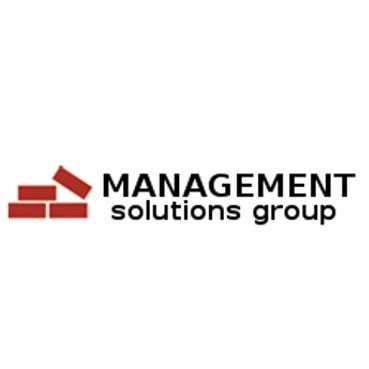Selecting the right ISO auditor is crucial for an effective and credible certification or internal audit process. A competent auditor will help you identify both strengths and areas for improvement in your quality or environmental management system. Here are steps to guide you in selecting an ISO auditor:
Step 1: Identify Your Requirements
- Determine which ISO standard(s) you need to be audited against (e.g., ISO 9001 for Quality Management Systems, ISO 14001 for Environmental Management Systems, etc.).
- Define the scope of the audit, including the processes and organizational units to be covered.
Step 2: Conduct Research
- Ask for recommendations from industry peers, or use professional networks to identify potential auditors.
- Search through directories provided by certification bodies or online platforms specialized in auditing services.
Step 3: Check Qualifications
- Confirm that the auditor or the auditing firm is accredited by a recognized accreditation body.
- Verify the auditor's expertise and qualifications related to the specific ISO standard and your industry.
- Check for certifications and professional memberships, if applicable.
Step 4: Experience and Track Record
- Ask for references or case studies from previous audits they've conducted, especially those in your industry.
- Inquire about the outcomes of their previous audits, such as how many have resulted in certification.
Step 5: Methodology and Approach
- Discuss the auditor's approach to the audit process, including planning, data collection, interviews, and reporting.
- Make sure the approach is systematic, objective, and compatible with your organization's needs.
Step 6: Evaluate Communication Skills
- Effective communication is essential for a successful audit. Assess whether the auditor can clearly explain complex issues and listens well.
- Consider conducting an interview or a preliminary meeting to gauge their communication skills.
Step 7: Get a Proposal
- Request a detailed proposal that outlines the scope, timeline, and costs of the audit.
- The proposal should also include any pre-audit activities, onsite audit details, and post-audit follow-ups.
Step 8: Compare Costs
- Obtain quotes from multiple auditors for comparison.
- Remember, the lowest cost may not offer the best value. Weigh the cost against the auditor’s expertise, experience, and the thoroughness of the audit process.
Step 9: Review Contractual Details
- Once you’ve selected an auditor, go through the contract carefully. It should include all terms agreed upon, such as confidentiality clauses, deliverables, and payment terms.
Step 10: Final Selection and Pre-Audit Preparation
- Finalize the selection by signing the contract.
- Prepare your team and organizational units that will be involved in the audit. Make sure they understand the importance of the audit and what will be expected of them.
Choosing the right ISO auditor is crucial for an effective audit that adds value to your organization. Take the time to go through each of these steps to ensure you select an auditor that is well-suited to your organization’s specific needs and objectives.




